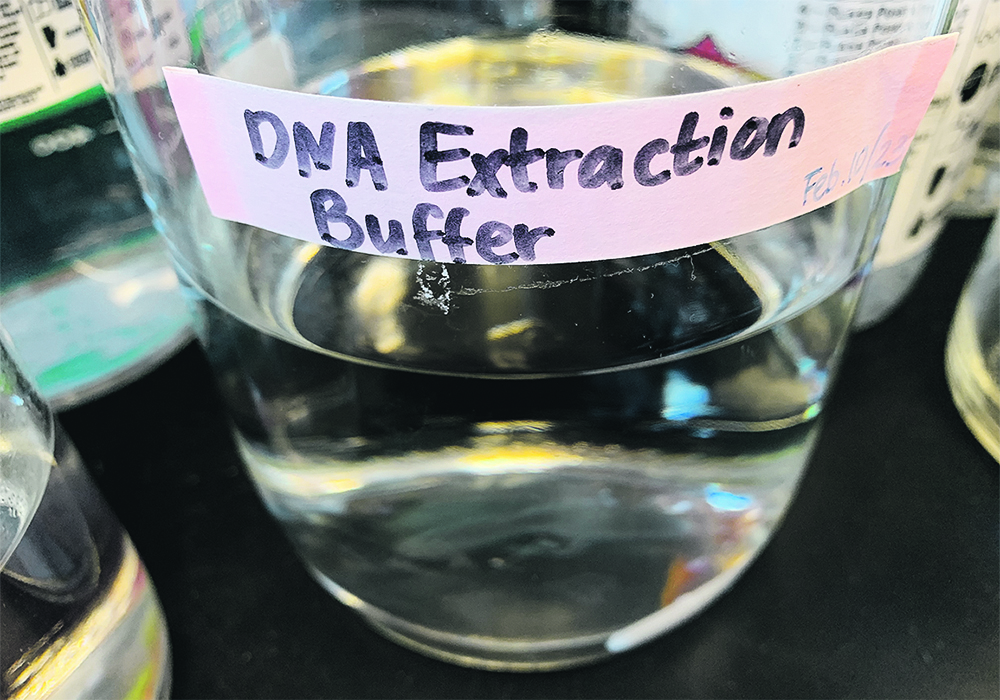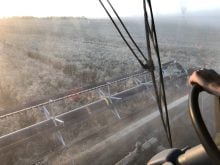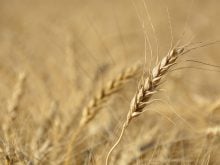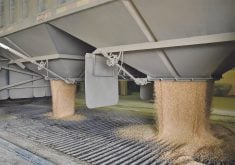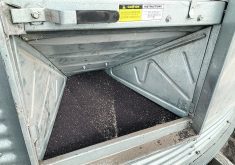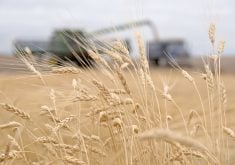Genome Prairie works to get expensive equipment into the hands of smaller companies and agricultural organizations
There might have been fighting and ill will in the Manitoba legislative chamber a few metres above the Golden Boy Room, but among the politicians, biotechnology experts, bioscience leaders and agricultural representatives at the Genome Prairie reception, there was nothing but optimism and collegiality.
“We are proud to be a part of that genomics community,” said Delaney Ross Burtnack, executive director of the Manitoba Canola Growers Association, in an interview after the Genomics in Manitoba networking reception April 18.
Related story in this issue: High-tech CGC lab aids farmers in disease fight
Read Also
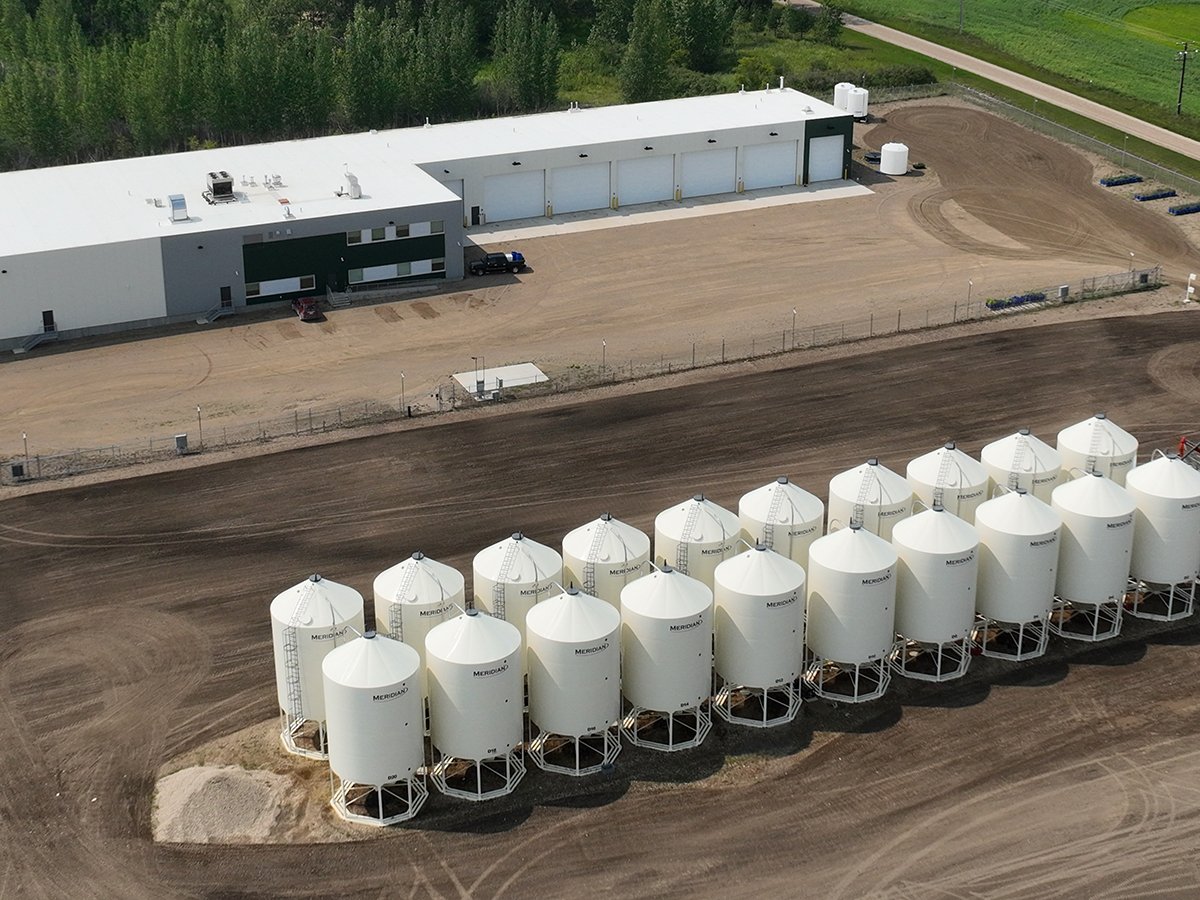
Saskatchewan firm aims to fix soil with compost pellets
In his business, Humaterra, Leon Pratchler is helping farmers maximize yields in the weakest areas of their fields through the use of a compost pellet.
“It’s been a great relationship. It’s a great organization.”
Genome Prairie is an independent organization that doles out Saskatchewan’s and Manitoba’s share of federal genomics research money for DNA-based research and development. It’s part of a six-region network that is described as the pan-Canadian genomics enterprise. With agriculture so central to both Manitoba and Saskatchewan, much of the research money has flowed into ag-related projects.
Some of the money has helped get expensive and previously unobtainable genomics technology into the hands of smaller companies and agricultural organizations that couldn’t afford the up-front costs.
“In the early days of genomics research, only the biggest and deepest-pocketed institutions could ever afford sequencing equipment,” said Mike Cey, president and chief executive officer of Genome Prairie.
That equipment allows for lightning fast assessment of many agricultural situations, with everything from diseases to crop varieties to insect subspecies becoming open to detailed analysis. For major players like the Canadian Grain Commission, sequencing allows questions about grading, fungi, toxins and other importer concerns to be quickly addressed.
For farmers in the field, quick genomics assessment offered by services like the Manitoba Canola Growers’ Pest Surveillance Initiative enables producers to know what problems they’re dealing with.
“Through the PSI lab we’re able to use DNA technology to identify the race of blackleg or clubroot or verticillium diseases within crops to help farmers make better seed selection choices,” said Ross Burtnack.
Despite the heated politics in Manitoba’s legislature as a provincial election comes closer, the genomics event brought a friendlier tone among politicians. Manitoba Agriculture Minister Derek Johnson gave a short speech and NDP ag critic Diljeet Brar and Liberal leader Dougald Lamont were there for the event.
“It is helping to build our resiliency, environmental sustainability and economic viability,” said Johnson in a short speech. “We’re able to build the capacity for agriculture researchers to perform sequencing in Manitoba by providing equipment for ‘highly qualified personnel’ and we remain committed to fostering innovation in the genomics sector.”
The concept of “highly qualified personnel” is a central element of the Genome Prairie approach, Cey said, with research projects not just leading to specific innovations but also creating professionals who can use and create with genomics technology. It’s great to have equipment, but without people who know what to do with it, potential gains would be limited.
In Manitoba, agriculture and human health research takes much of the Genome Prairie money. The importance of agriculture can be seen in its board of directors, which contains leading Manitoba agricultural players like Curtis Rempel of the Canola Council of Canada and Patty Rosher of the grain commission.
There is pressure on the agriculture industry and farmers to become less vulnerable to disasters, to produce fewer greenhouse gas emissions and to become more environmentally sustainable. With climate change increasing the volatility of the weather, it could be hard to achieve.
But the agricultural genomics community believes its innovations could help more than anything else.
“That is going to be key to enhancing seed yield while reducing the environmental footprint,” said Ross Burtnack.


